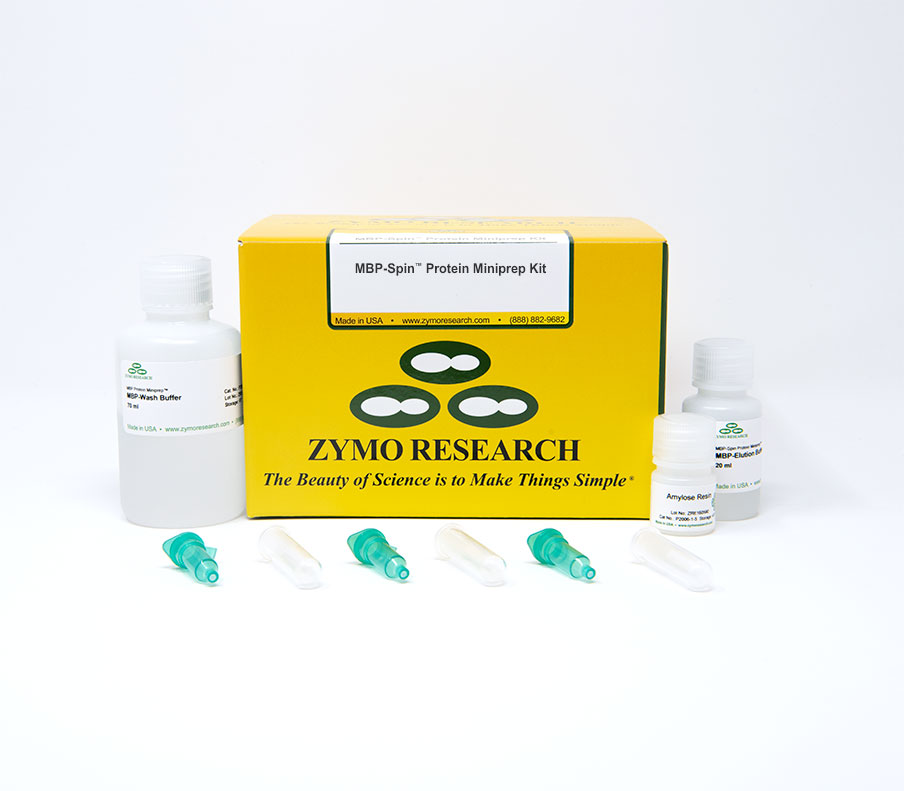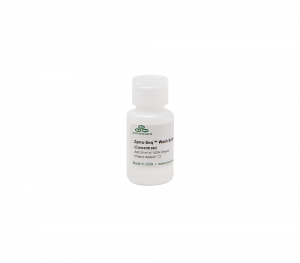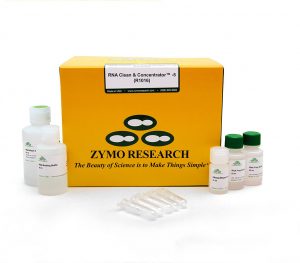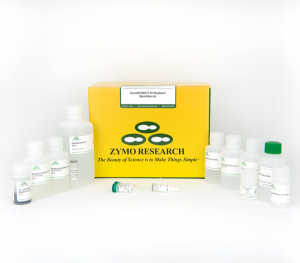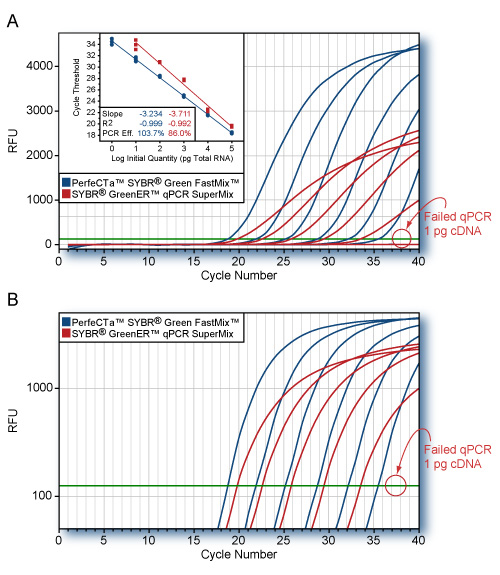MBP-Spin Protein Miniprep Kit
| Cat# | Name | Size |
|---|---|---|
| P2006 | MBP-Spin Protein Miniprep Kit | 10 Preps |
| P2007 | MBP-Spin Protein Miniprep Kit | 50 Preps |
Documents
Description
Highlights
- Fast: Purify MBP-tagged proteins from cell lysates in less than 6 minutes.
- FSimple: Prepare pure protein for small-scale studies using a spin-column.
- Convenient: No special instrumentation needed other than a benchtop microcentrifuge
Description
The MBP-Spin Protein Miniprep Kit provides a fast spin-column based purification technology for MBP-tagged proteins. Up to 1000 µg of MBP-tagged protein can be purified in 6 minutes and eluted in MBP-Elution Buffer. The purified protein is ultra-pure and can be used directly for enzymatic assays, biochemical analyses, SDS-PAGE and other sensitive applications. The straightforward spin, wash, and elute protocol dramatically simplifies protein purification and allows the end user to get results in minutes, not hours.
Affinity Matrix
Amylose Resin
Binding Capacity
100 µl of Amylose Resin typically binds ≥ 400 µg of fusion protein.
Elution Method
Excess Maltose
Elution Volume
≥ 200 µl
Principle of Technology
The MBP-Spin Protein Miniprep Kit uses an affinity matrix composed of amylose resin to specifically bind proteins fused to maltose-binding protein (MBP). MBP is known to significantly enhance the solubility of many proteins when fused to them.
Processing Time
6 minutes
Product Storage
Please store the Amylose Resin at 4 °C. The other components can be stored at room temperature.
Purity
Electrophoretically pure and suitable for enzyme kinetics, biochemical analyses, SDS-PAGE, and other applications.
Required Equipment
Microcentrifuge
Sample Type
Cell lysates or other complex protein mixtures containing MBP-tagged proteins.
Q1: Can you use your own Amylose powder resuspended in 20 % ethanol instead of the supplied Amylose resin?
It may still work using your own amylose solution. However, there will probably be reduced performance (less binding) compared to the supplied amylose resin.
Q2: Which chemicals/reagents are compatible with the kit?
The following concentrations of commonly used chemicals have been tested with several different proteins and did not affect protein purification: Reducing Agents 50 mM β-mercaptoethanol Non-Ionic Detergents 2% Nonidet® P-40 2% Triton® X-100 2% Tween®-20 Ionic Detergents 0.1% SDS (Sodium-N-dodecyl sulfate) Denaturing Reagents 1 M Urea (Protein Dependent) Chemicals and other Reagents 50 mM EDTA 10% (v/v) Ethanol 25% (v/v) Glycerol 250 mM Imidazole 1 M NaCl
Q3: Which pH should be used with the kit?
pH 6-9 have been evaluated successfully with several different proteins, however this may vary depending on the specific protein. Lower and higher pH have not been tested yet.
Q4: Can the sample contain maltose?
No, this will prevent the protein from binding to the matrix.
Q5: How do you improve protein quality/purity?
Check your buffers for signs of contamination and check the pH of the buffers. – Increase centrifugation time and speed. Ensure that the Amylose Resin drains completely after each spin (some older centrifuge models may require a longer centrifugation time). – If the problem persists, additional wash steps can be added to the purification protocol.
Q6: How do you increase protein yield?
Optimize the lysis buffer. Reducing the detergent concentration or using a different lysis buffer might enhance yield. – Optimize the growth medium used for protein expression. Adding glucose to the media at a final concentration of 0.2% represses the expression of amylase, which interferes with protein binding to the resin. – Optimize expression conditions. Try expressing the protein at lower temperatures to increase solubility. – Reload the column. Simply repeat steps 6 and 7 until the desired volume of sample has been loaded onto the column.
Q7: What might reduce protein yields?
– The starting material contains Maltose. Free Maltose binds to the Amylose Resin and thus reduces the binding capacity for the desired protein. -Too much detergent is used. Nonionic detergents or other chemicals present in the crude extract can reduce binding affinity. Some fusion proteins bind less efficiently in the present of detergents than others. – Growth medium used for protein expression contains too much amylase. Cells grown in LB and similar media have substantial amounts of an amylase, which interferes with binding. – Expression of insoluble protein. Overexpression of proteins may result in the formation of insoluble inclusion bodies inside cells. If a large band of over-expressed protein is visible after SDS-PAGE electrophoresis of intact cells, but not present in the cleared cell lysates, then the expressed protein may not be soluble or form inclusion bodies. – Starting material is too dilute. If the starting material contains very low levels of MBP-tagged protein, then it may require more than 800 µl of sample volume to purify enough protein. Simply repeat steps 6 and 7 until the desired volume has been loaded onto the column.
Q8: Is there a difference in binding between MBP and the one containing mutations (published from NEB)?
In the Paper from Walker et. al. 2009 (file:///Y:/Zymo%20Research%20Europe/Labor/Projekte/Tag-Spin/MBP-Spin/Literature/Walker_2010.pdf), it was shown that the MBP containing certain mutations has an enhanced binding to maltodextrin. However, in our hands we could not confirm this result. When purifying MBP-fusion proteins with or without mutations with our kit there was no difference in yield.
Q9: What is the minimum elution volume that can be used?
We do not recommend using less than 50 µl of MBP-Elution Buffer. Volumes less than this will not fully saturate the resin and result in reduced elution efficiency.
Q11: Is it possible to use lower speeds than the recommended 13,000 x g for centrifugation?
Yes, it is possible to use a lower speed, but it may require a longer centrifugation time. Just ensure that the Amylose resin is completely drained. Centrifugation for 20 seconds at 6,000 x g worked perfectly.
Q12: Is it necessary to equilibrate the resin?
It will work without the equilibration step, however, for optimal performance we recommend including it.
Q13: Is there a difference in performance between Aymlose HF and Amylose resin?
We did not see a difference between Amylose HF and Amylose resin when using them with our kit.
Q14: Will eluting 4 times with 50 µl of elution buffer provide higher yields compared to eluting once with 200 µl?
There is no significant difference in yield when eluting one time with 200 µl or four times with 50 µl. For more concentrated protein, you can elute 4 times with 50 µl of elution buffer. The concentration in the first 50 µl elution will be significantly higher than in the 200 µl elution.
| Cat # | Name | Size |
|---|---|---|
| P2003-1 | Zymo-Spin P1 Columns | 50 Pack |
- Catalog#: P2006 /P2007
- Package Length (in Inches): 7
- Package Width (in Inches): 5
- Package Height (in Inches): 5
- Package Weight (in Pounds): 0.2
- Size: 10 Preps /50 Preps
- Unit Standard: Metric
- Volume Units: Milliliters

